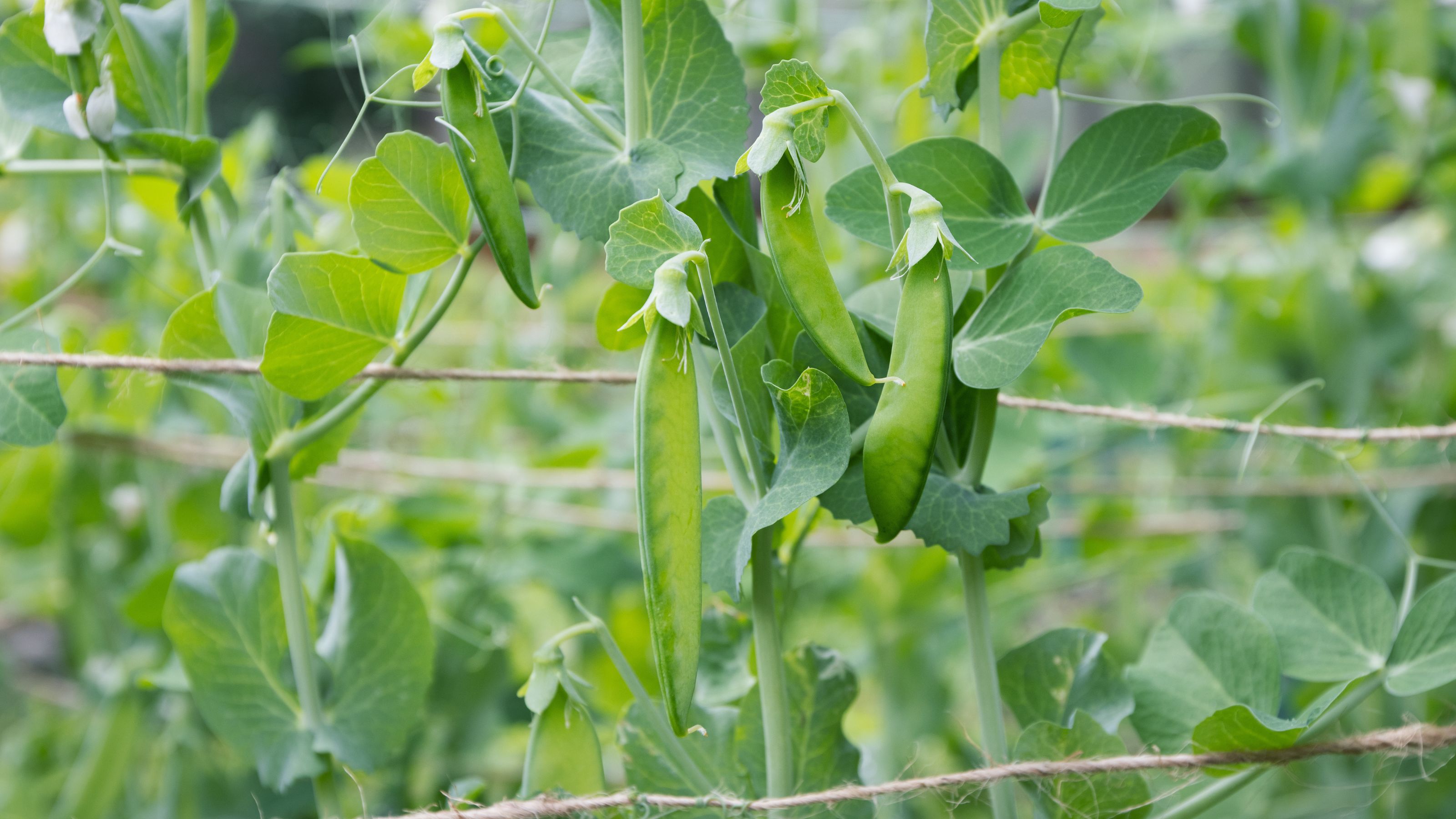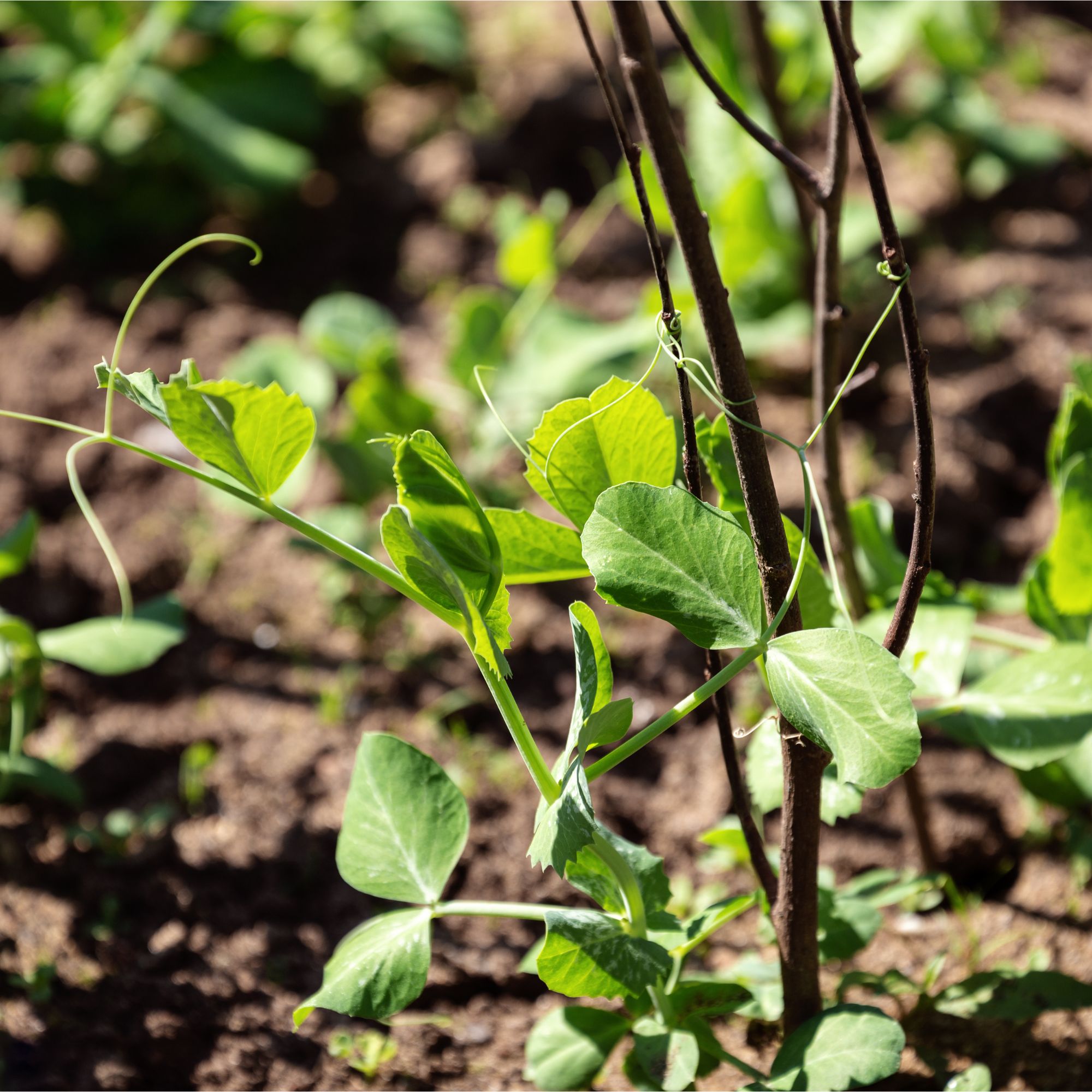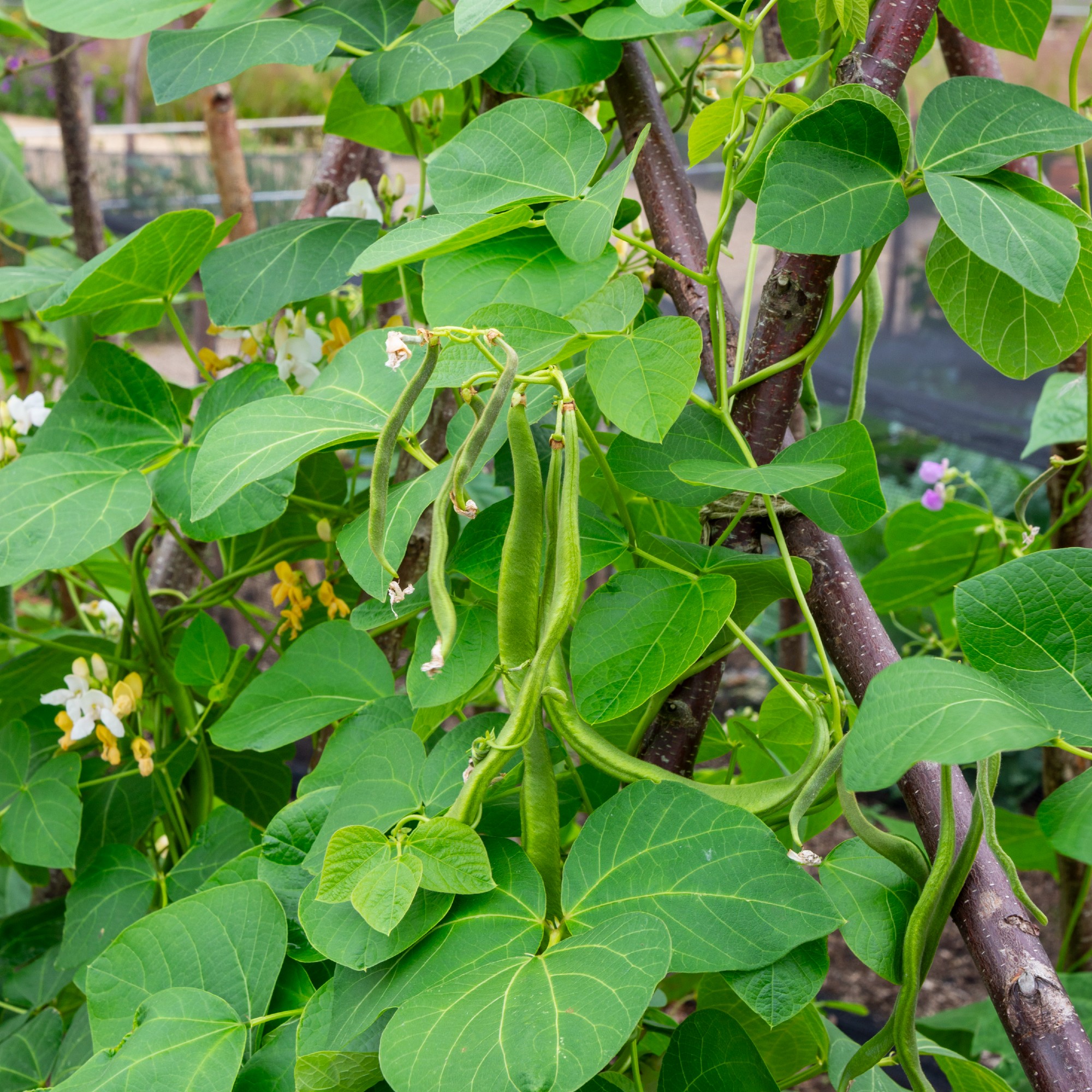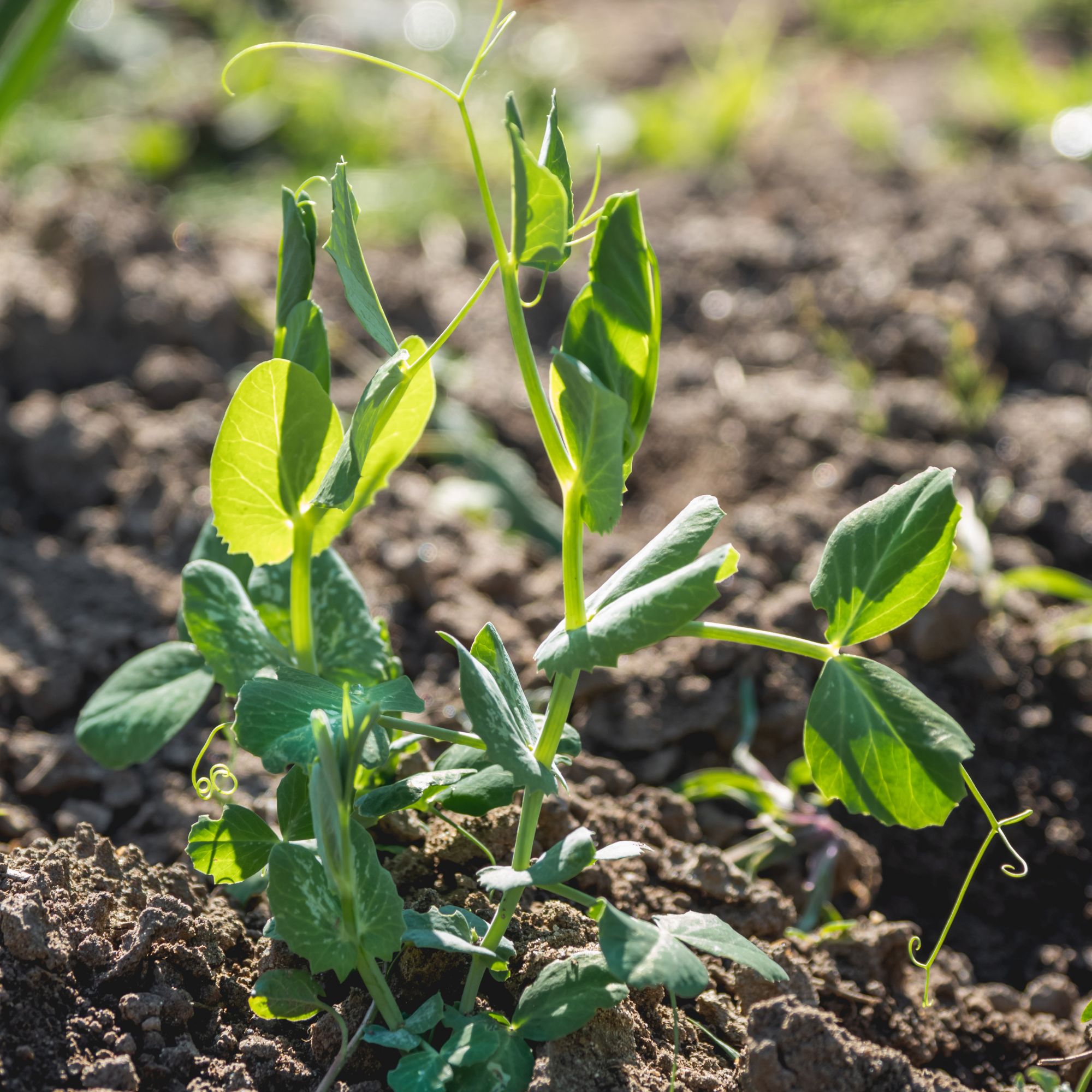These vegetable roots could hold the key to richer soil next year – and all you need to do is leave them alone!
Don't miss a trick!


If you’re putting your vegetable garden to bed this month and peas and beans were on this year’s menu, hold on for just a second: you might unwittingly be throwing away garden gold (and no, I’m not talking about potatoes or leafmould this time).
The roots of your pea and bean plants are among the very best natural soil enrichers, which means the smartest thing you can do this month is leave them in the soil.
If you’ll be getting your garden ready for winter over the coming weeks and you’ve got some spent legumes to clear away, you'll want these root benefits on your radar...

The roots of legume plants like peas and beans are rich in nitrogen, and they’ll work wonders for your soil’s nitrogen levels. If you know your crop rotation rules, you’ll know that brassicas like broccoli and cabbage do especially well when planted in the place of last year’s legumes, because they thrive in nitrogen-rich soils.
What many gardeners don’t know is that you can take those benefits a step further by leaving the roots in the soil at the end of the growing season – just cut the plants away to ground level and leave whatever’s beneath the surface to work its magic.
So, what’s so special about the roots?

‘Uproot a pea or bean plant and you’ll see tiny bead-like nodules along the roots,’ says Thompson & Morgan’s horticultural expert, Annelise Brilli.
Sign up to our newsletter for style inspiration, real homes, project and garden advice and shopping know-how
‘Inside, bacteria convert nitrogen from the air into a plant-friendly form, while in exchange, the plant feeds the bacteria sugar.’
If you leave the roots in the soil, they’ll gradually release nitrogen into the soil as they decompose. Just cut them down to ground level with a pair of good secateurs, like WOLF-Garten's Bypass Secateurs from Amazon.

That’s not all, though – the roots of pea and bean plants can improve soil health as well as fertility.
‘They provide a food source for beneficial soil microbes, which enhance the soil further,’ explains Polhawn Fort’s head gardener, Nicky.
If you’re keen to reap the benefits, you can actually start sowing peas now. Go for overwintering varieties like Pea ‘Meteor’ (First Early) from Thompson & Morgan – It’s one of the tastiest varieties I’ve grown!
If clearing out the vegetable patch is on your list of October gardening jobs, it's worth letting your garden hold onto pea and bean roots for the winter.

Sophie joined the Ideal Home team as Gardens Editor in June 2024. After studying English at Royal Holloway, University of London, she began writing for Grow Your Own, which spurred on her love of gardening. She's tried growing almost every vegetable under the sun, and has a soft spot for roses and dinnerplate dahlias.
As Gardens Editor, Sophie's always on the lookout for the latest garden trend. She loves sharing growing hacks for every space, from herbaceous borders to balconies.
You must confirm your public display name before commenting
Please logout and then login again, you will then be prompted to enter your display name.